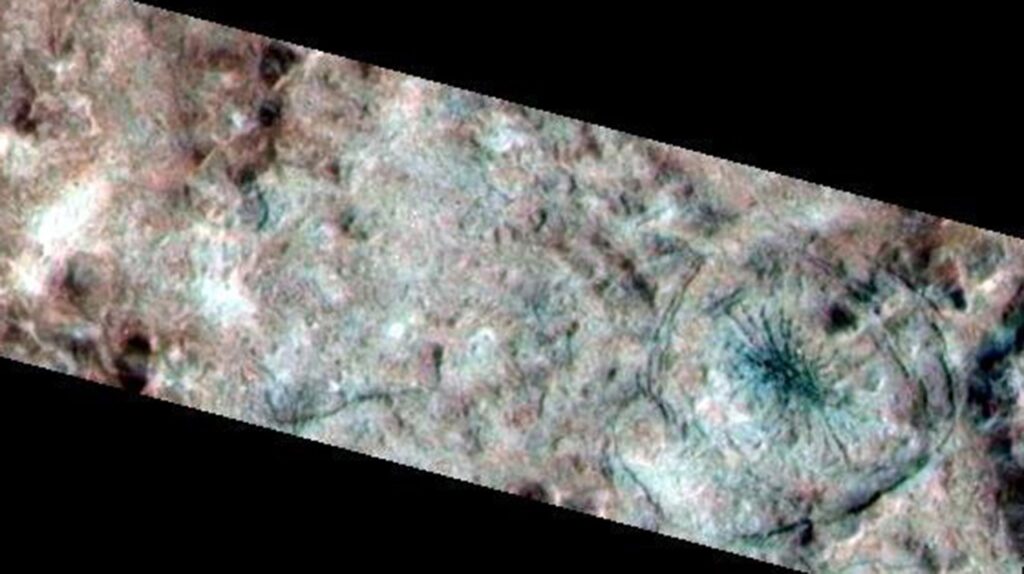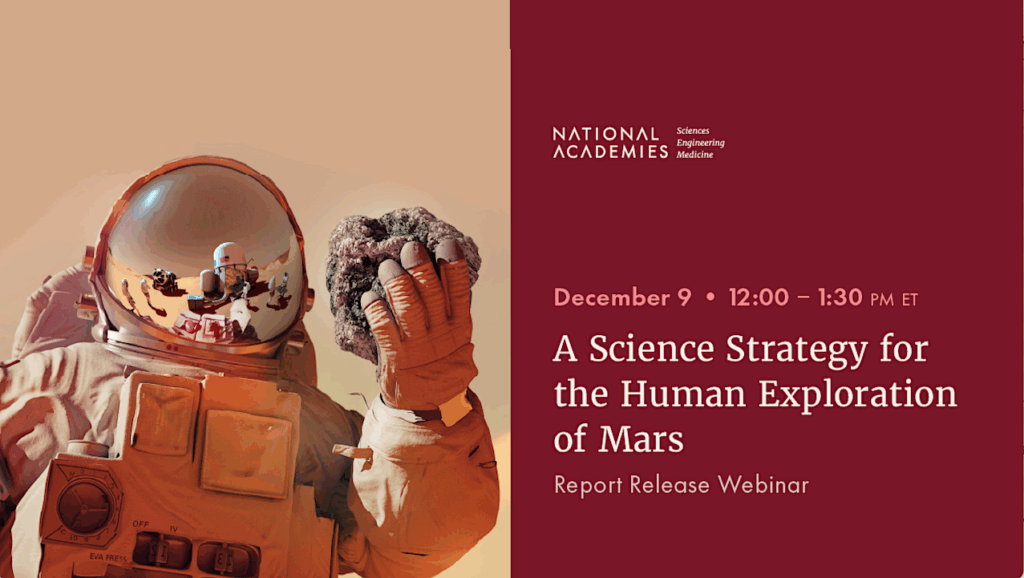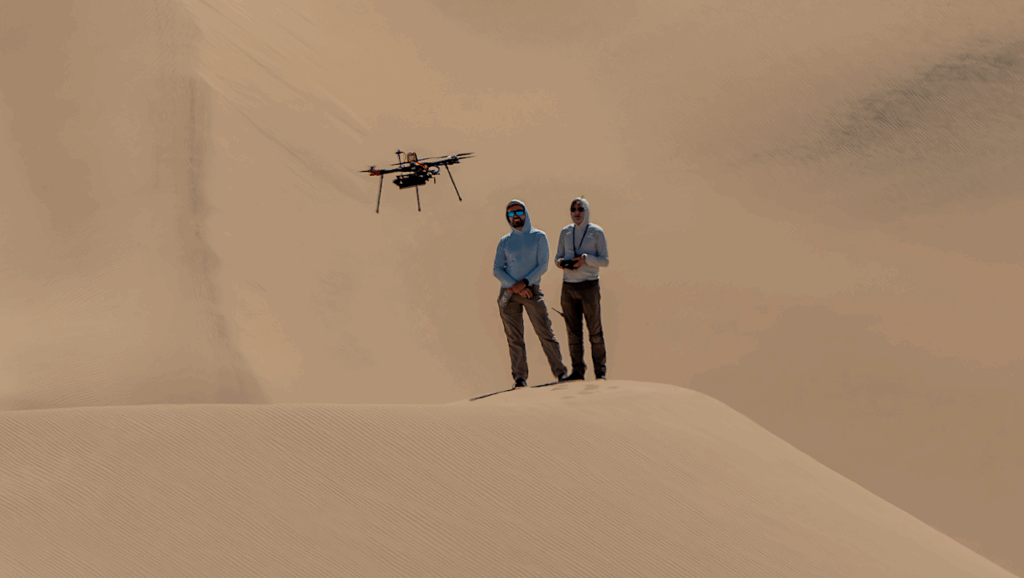Mars: New Insights And Unresolved Questions

Mars exploration motivates the search for extraterrestrial life, the development of space technologies, and the design of human missions and habitations.
Here we seek new insights and pose unresolved questions relating to the natural history of Mars, habitability, robotic and human exploration, planetary protection, and the impacts on human society. Key observations and findings include:
(1)high escape rates of early Mars’ atmosphere, including loss of water, impact present-day habitability; (2)putative fossils on Mars will likely be ambiguous biomarkers for life; (3)microbial contamination resulting from human habitation is unavoidable; (4)based on Mars’ current planetary protection category, robotic payload(s) should characterize the local martian environment for any life-forms prior to human habitation. Some of the outstanding questions are:(1)which interpretation of the hemispheric dichotomy of the planet is correct;(2)to what degree did deep-penetrating faults transport subsurface liquids to Mars’ surface;(3)in what abundance are carbonates formed by atmospheric processes; (4)what properties of martian meteorites could be used to constrain their source locations;(5)the origin(s) of organic macromolecules;(6)was/is Mars inhabited;(7)how can missions designed to uncover microbial activity in the subsurface eliminate potential false positives caused by microbial contaminants from Earth;(8)how can we ensure that humans and microbes form a stable and benign biosphere;(9)should humans relate to putative extraterrestrial life from a biocentric viewpoint (preservation of all biology), or anthropocentric viewpoint of expanding habitation of space? Studies of Mars’ evolution can shed light on the habitability of extrasolar planets.
In addition, Mars exploration can drive future policy developments and confirm (or put into question) the feasibility and/or extent of human habitability of space.
Hitesh G. Changela, Elias Chatzitheodoridis, Andre Antunes, David Beaty, Kristian Bouw, John C. Bridges, Klara Anna Capova, Charles S. Cockell, Catharine A. Conley, Ekaterina Dadachova, Tiffany D. Dallas Stefaan de Mey, Chuanfei Dong Alex Ellery, Martin Ferus, Bernard Foing, Xiaohui Fu, Kazuhisa Fujita, Yangtin Lin, Sohan Jheeta, Leon J. Hicks, Sen Hu, Akos Kereszturi, Alexandros Krassakis, Yang Liu, Juergen Oberst, Joe Michalski, P. M. Ranjith, Teresa Rinaldi, David Rothery, Hector A. Stavrakakis Laura Selbmann, Rishitosh K. Sinha, Alian Wang, Ken Williford, Zoltan Vaci, Jorge L. Vago, Michael Waltemathe, John E. Hallsworth
Subjects: Earth and Planetary Astrophysics (astro-ph.EP); Instrumentation and Methods for Astrophysics (astro-ph.IM)
DOI: 10.1017/S1473550421000276
Cite as: arXiv:2112.00596 [astro-ph.EP] (or arXiv:2112.00596v1 [astro-ph.EP] for this version)
Submission history
From: Hitesh Changela
[v1] Wed, 1 Dec 2021 16:12:09 UTC (1,549 KB)
https://arxiv.org/abs/2112.00596
Astrobiology,








